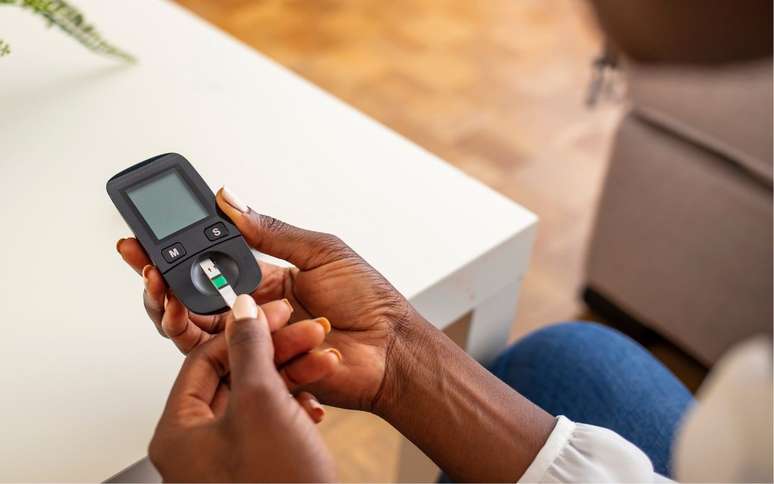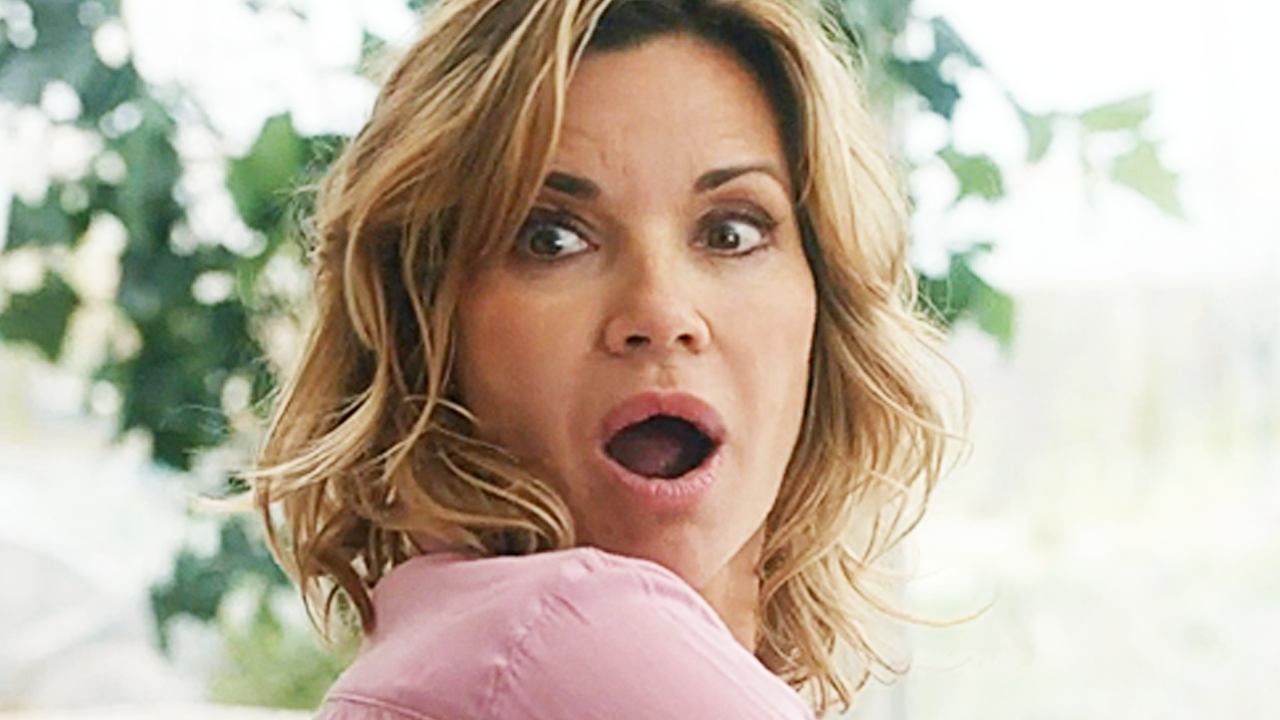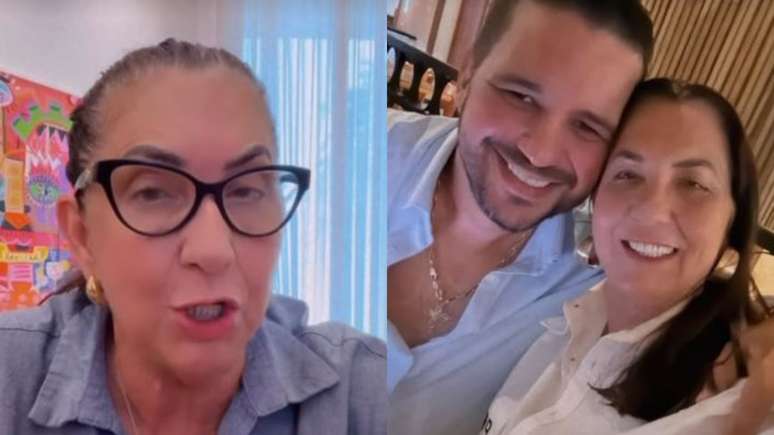The expert emphasizes that it is important to take the baby soon in his first ophthalmologist consultation, to prevent and avoid problems
According to the Brazilian Institute of Geography and Statistics (IBGE), about 19% of the Brazilian population has a sort of visual deterioration. Of this total, over 6 million have serious questions. For this reason, the visits to the Ophthalmologist are so important, although most of the Brazilians do not look for this doctor with the ideal frequency.
In fact, this cure must they occur from an early age in a person’s life. Many parents are in doubt When to take your little ones in your first ophthalmologist consultationBut this should happen well before what many imagine.
Firstly, it is worth remembering that, nowadays, the first contact with eye health is through the eye test, which should be done in infants. “Also known as the Red Reflex test, it is a test performed during the child’s first week of life to evaluate eye structures, ensuring that they are correctly developed,” underlines the ophthalmologist Henrique Rocha.
He, who is president of the Goiania Society of Ophthalmology (Sgo), explains that this test usually occurs on maternity, but can also be at the first consultation with the pediatrician. The important thing is that it should be repeated a few times during the first 2 years of life.
The first appointment with an ophthalmologist himself should be in the first months of life. “We recommend routine advice in the first year of life, ideally in the first 6 months, even if there are no complaints. The eyes are the organs that develop most in the first year of life. There are ways to examine and evaluate the visual acuity of even children when necessary. We can still evaluate the degree, the eye pressure, all without the child to inform,” he says.
Then? When to consult an ophthalmologist?
After this first ophthalmologist appointment, there are other times when it is particularly important to look for a professional. The expert recalls that children develop a brain vision up to 7 years, so it is essential to have a consultation routine at this stage.
“It is important that they go, regardless of the complaints or not, an ophthalmologist see if there are changes. Because, for example, the girl can have an eye that works very well and another that does not know this difference because it was born in that way. If this eye does not develop before 10 years, it can become in Blima: an eye that is structurally normal, but has no potential vision and there is no way to stimulate this eye.
So, throughout life, often going to the Ophthalmologist only happens when some difficulties to see, but it should be consulted regularly. “In general, routine consultation should be annual in healthy adults. But the recommended frequency varies with the age and health of the patient’s eyes,” he explains.
Henrique Rocha also lists warning signals to look for an ophthalmologist with greater urgency. “Difficulty seeing a close or distant vision, cloudy or blurred, double vision, dark points on vision, sensitivity to light, faded colors, intense pain in the eyes, redness, itching, burning sensation, swelling, dry eyes, excessive laceration, constant headache. All are symptoms that you need to plan a journey to the specialist.”
Source: Terra
Ben Stock is a lifestyle journalist and author at Gossipify. He writes about topics such as health, wellness, travel, food and home decor. He provides practical advice and inspiration to improve well-being, keeps readers up to date with latest lifestyle news and trends, known for his engaging writing style, in-depth analysis and unique perspectives.









